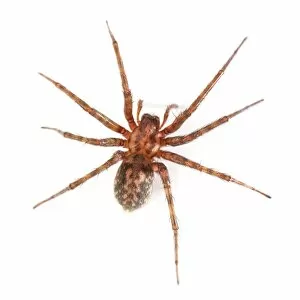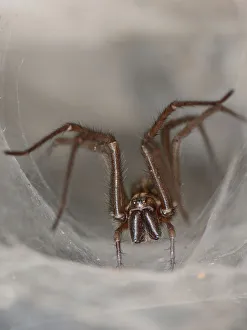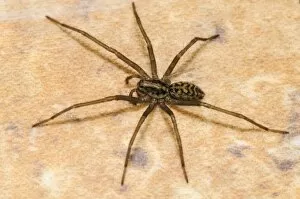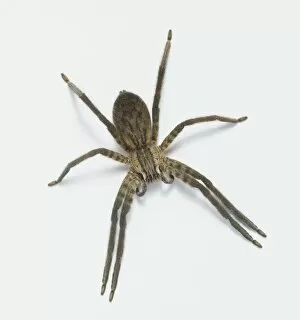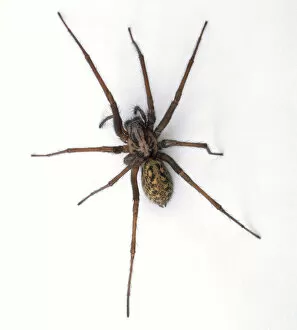House Spider Collection
The House spider, scientifically known as Tegenaria sp. , is a fascinating arachnid that often goes unnoticed in our homes
All Professionally Made to Order for Quick Shipping
The House spider, scientifically known as Tegenaria sp. , is a fascinating arachnid that often goes unnoticed in our homes. This female they are be found at the mouth of her tubular silk retreat, nestled within an old stone wall. Belonging to the Orders of Arachnids, these creatures have been documented throughout history. An engraving from 1895 showcases their intricate features and unique anatomy. One particular species, the Dustbunny Spider (Tegenaria atrica), displays resilience as it regrows its right rear leg on a tile floor inside a house. Its determination is truly remarkable. Another member of this family is the Giant House spider (Tegenaria duellica), which demonstrates its predatory skills by capturing a bluebottle fly. Their ability to catch prey efficiently highlights their importance in maintaining balance within our ecosystems. Observing a House spider weaving its web along the edge of a plastic bowl reveals their meticulous nature and impressive craftsmanship. These delicate structures serve as both hunting grounds and shelter for these skilled arthropods. Sometimes, we may find ourselves needing to relocate these spiders without causing harm or distress to them. Using gentle persuasion with the tip of a paintbrush and carefully placing an upturned glass jar above them allows us to safely catch and release them back into nature. For those who wish to study or admire these creatures up close, keeping them in see-through containers provides an opportunity for observation while ensuring their well-being.

